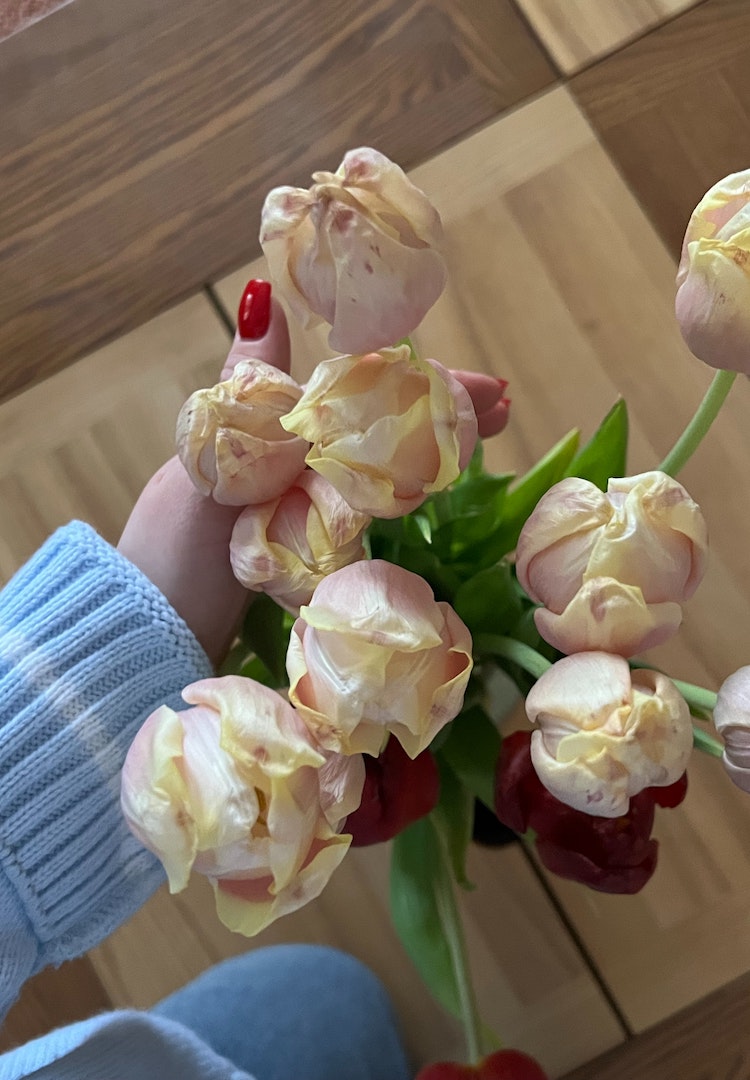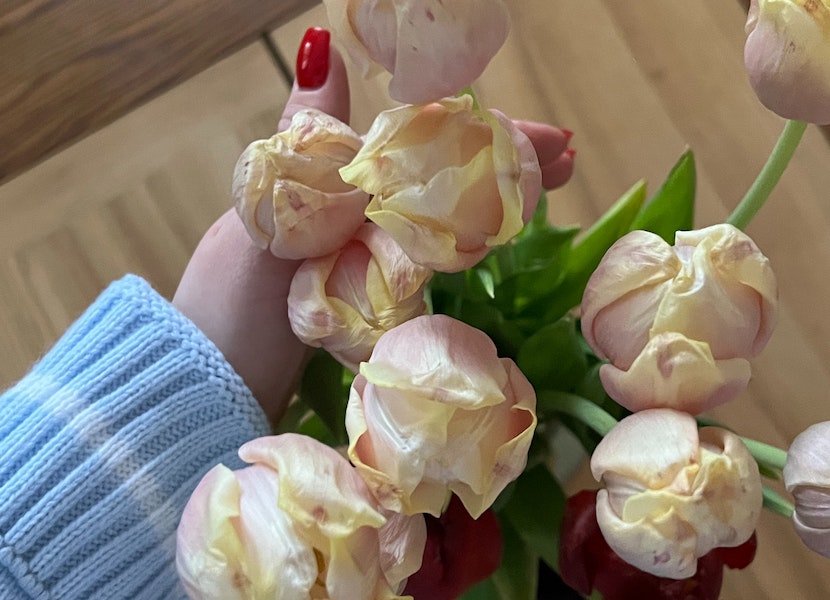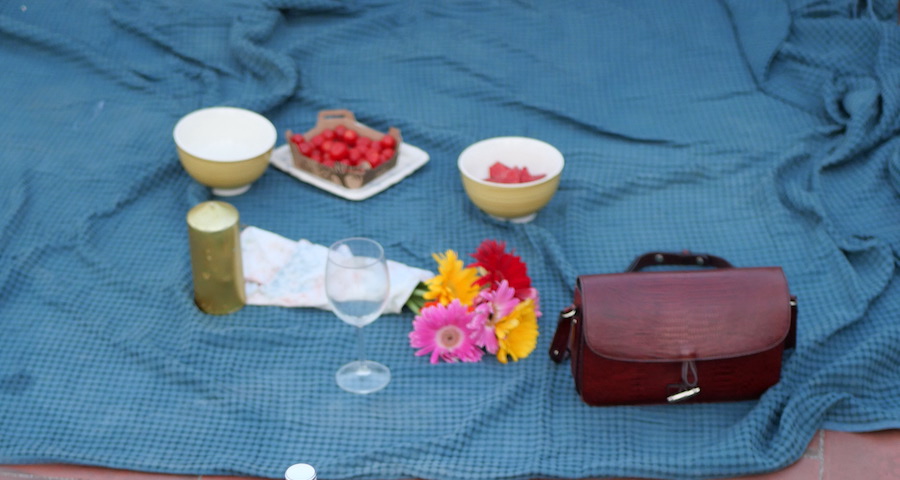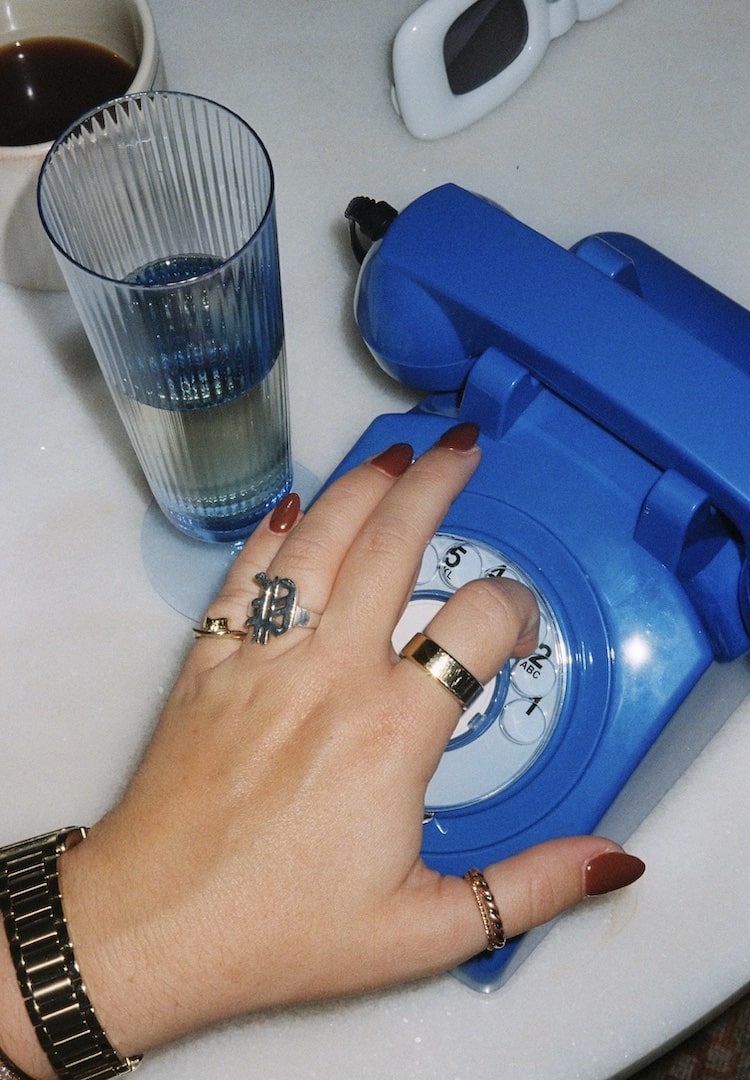What’s your digital love language?
WORDS BY MAGGIE ZHOU
And how effective can these tools of connection be in strengthening relationships, romantic or platonic?
Learning about love languages was revolutionary to me. There are neat categories that identify how you like to love and be loved? Love is notoriously slippery, so I found solace in the certainty of it all.
My sun is quality time and my rising is acts of service. Depending on the day, I’ll find myself gravitating to words of affirmation, physical touch and receiving gifts too. The concept of love languages was popularised by relationship expert Dr Gary Chapman and his book The Five Love Languages: The Secret to Love That Lasts, first published in 1992.
For more advice like this, browse through our Life section.
In the 31 years since, our concepts of connection and communication has shifted. Long-distance relationships aren’t purely fuelled by snail mail, ‘internet friends’ aren’t uncommon and mobile apps allow us to stay in touch and fall in love.
The average Australian will spend 17 years of their life on their phone – it’s needless to say the way we love has surely shifted because of the digital age. The relevance of love languages is still strong, though. “They’re important because [they] can allow you to communicate more freely in your relationship, relate better to your partner, show them you appreciate them and can help with conflict resolution,” Lysn psychologist Nancy Sokarno tells me.
Over on social media (fittingly), I saw a thread outlining forms of digital love languages. Voice notes can act as words of affirmation. Video calls are a form of quality time. Making and sharing playlists is gift-giving. Surprise Uber Eats deliveries can be an act of service. But how effective can these tools of connection be in strengthening relationships, romantic or platonic?
View this post on Instagram
“They can be very effective [but] I do think it’s important to balance these with physical acts of love too,” Nancy says, adding that looking your loved ones in the eye and communicating care and affection can’t be replaced by online niceties.
She suggests using digital love languages to accompany and bolster existing relationships. It’s as simple as just engaging in regular communication online. “Keep in touch with them by regularly commenting on their posts, sending messages or sharing updates about your life,” Nancy says.
Just like how in-person interactions aren’t all about life updates, sprinkle in the sharing of meaningful content in your exchanges. “This could be something that you find funny, inspiring, informative or that can keep them up to date with your life,” Nancy adds.
As many of us would’ve learnt at the turn of the 2020s, video chats can be super helpful in maintaining relationships (even if you have to endure one or two awkward work bonding activities alone in your bedroom). “Platforms like Skype, Zoom or FaceTime allow you to have face-to-face conversations with your loved ones. Make sure you schedule these in everyone’s calendar so you can catch up regularly,” Nancy says.
Anyone caught in one too many Zoom catchups knows that the format can get boring, quickly. Nancy recommends planning activities together to keep things fresh. “Use social media to plan activities together, such as movie nights, game nights, or virtual dinners. This can help you stay connected and create shared experiences, even when you’re physically apart,” she says.
Humans are creatures of connection and adaptation – we’re pretty good at pivoting and moving with the times. Among the hubbub of technology advancements, we need to remember at our core, we are social creatures who thrive off each other. An Instagram comment or TikTok DM can only go so far.
Want to take the quiz to figure out your own love language? Try this.










